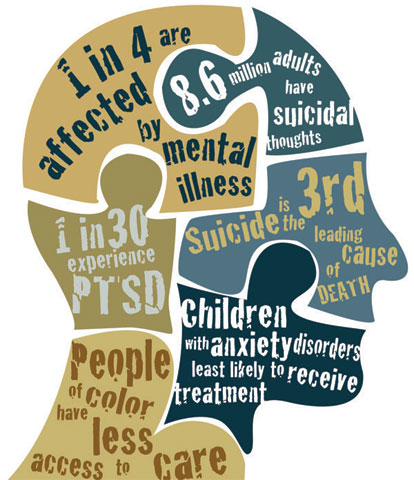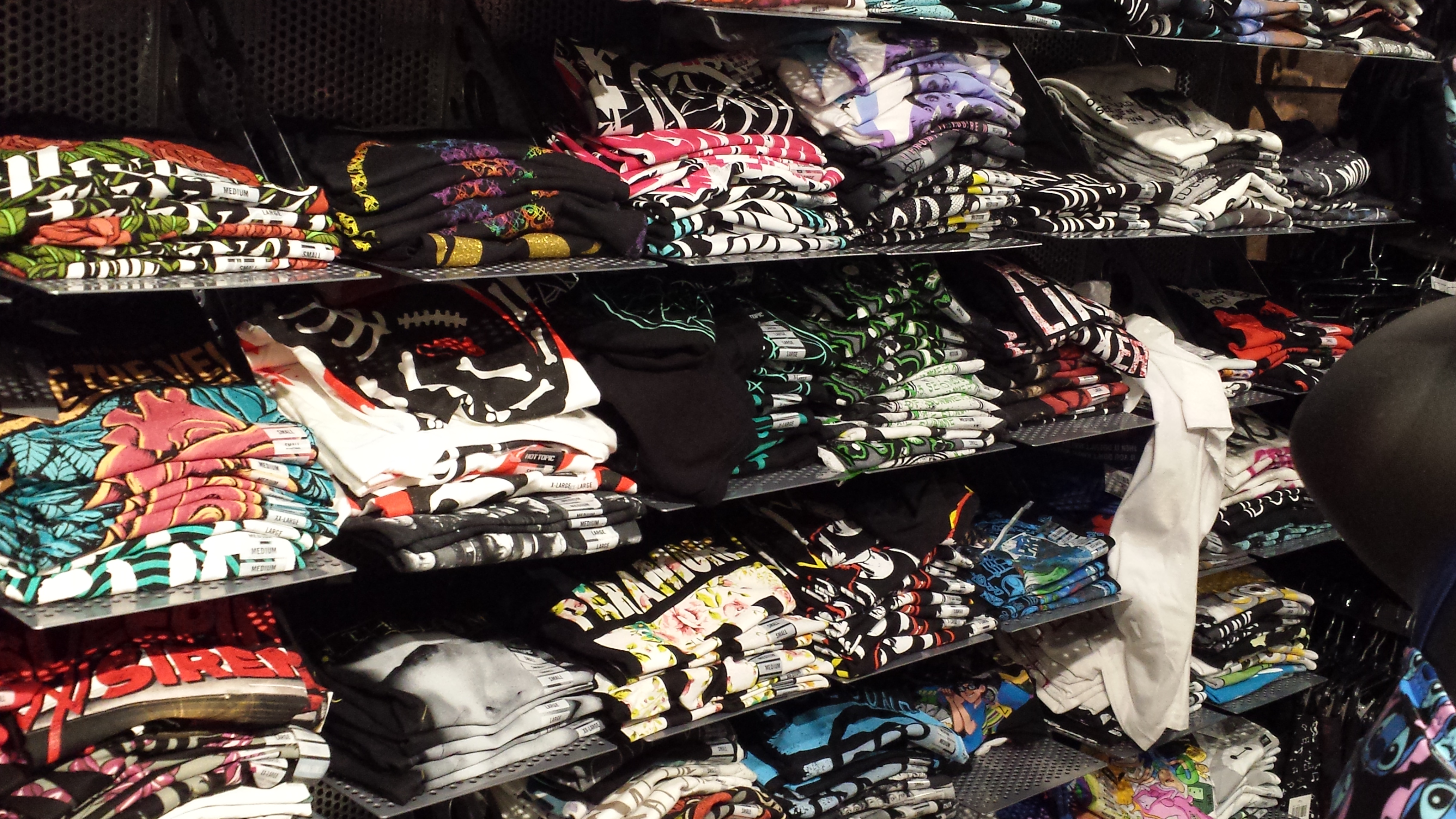 |
| thegeekiary.com |
How the social norms for sports/mainstream fandoms compared to the social norms for video games/niche fandoms affect the market?
To even begin to understand how marketing and fandoms interact, we have to first understand what a fandom is, and how people view it. vox.com (the reason we're terrified of fandoms) explains the many views on what fandoms are, where they came from, and why; as well as explain how a majority of the population views certain fandoms compared to others.
To start off, the word fandom is a contraction of the words fanatic domain. It means that a fandom is a group of people who are all fans of a certain thing. For instance, if you were a fan of baseball, you would be in the baseball fandom. If you liked a certain TV show or book, you would be in that show or book's fandom. From big to small, broad to niche, you could be in any fandom as long as you liked it. The first problem arises when not everyone considers “fandom” to be such a broad term. Those who are fans of sports don’t believe sports are a fandom. The second problem; a lot of fandoms are dominated by females and gender-queer persons, and we all know that comes with its own baggage. Constance Grady, the author of the Vox article says,
“Historically, whenever young women are interested in a form of media, we like to tell them it is bad for them and that they are bad for liking it — unless the media goes mainstream, in which case it becomes no longer feminine and hence okay.”This is why sports fandoms are not considered to be fandoms, because they are mainstream and therefore “masculine” and “okay to like”.
Social norms like these make for very small markets geared towards women and queer persons. Since a lot of fandoms are considered nerdy, girly, or even gross and dangerous, there is little acceptance for niche culture and fandoms that aren’t mainstream. Someone can be a fan of Mario kart and Pokémon and no one would think anything of it, but as soon as they’re a fan of anime or they write Fanfiction and ship characters (when someone wants characters to be in a relationship), they’re weird, disgusting, freaky, dangerous. Yes, dangerous. Grady states “So what’s so dangerous about fandom[s]? Because [they are] considered dangerous. It’s considered so dangerous, in fact, that in the '90s, Scotland Yard developed a secret file on fans of shows like The X-Files and Star Trek to make sure they weren’t planning on pulling a Heaven’s Gate.” They do this in the fear that a fandom will become a cult because of their strong devotion towards their fandom. And there have been cults. None more violent than a riot at a sports game, and none more frequent either, but there are cults.
Which brings me to the next point. “[]Surely fewer sci-fi fandoms have begat dangerous cults than, say, sports games have led to dangerous riots?” asks Grady. The stigma that fandoms are dangerous, disgusting, weird, are all just stereotypes. Any person can get angry, and in large groups anger is contagious. Sports games and riots don’t always go hand in hand, but anger and disappointment over a losing team does. Enjoying a TV show and getting angry/disappointed that the story didn’t go how you would have liked is just the same way. When you go home and critic the game, a more niche fandom is doing the same. Nerdy isn’t bad, dangerous is misleading, and “fandom” is a broad term that can be used for so many things. But mainstream is significantly more accepted than the niche or the nerdy. The market caters to that, and then the fandoms that aren’t mainstream get left in the dust, without any way to show off their fandom; like the way you can buy that soccer jersey with Ronaldo's name on the back.
Next up: How does the scarcity of stores for specific fandoms, like anime or book series (besides Harry Potter), affect the market?


















